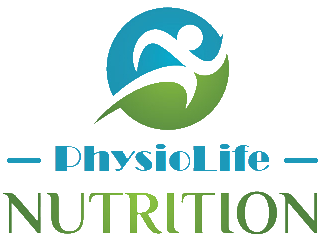- If you are training for a marathon, there are certain nutritional requirements you must meet to ensure you give your best performance during those gruelling 26.2 miles, and that you finish the race without suffering any ill effects. Long distance running requires a balanced diet consisting of carbohydrate, protein and fat (the macronutrients), in the approximate proportions of 45%-65%, 25%-30% and 20%-25% respectively.
- Carbohydrates are the body’s preferred source of energy for high intensity sports. This is because carbohydrate stores can be readily converted to energy when fuel is needed, whereas the conversion of fat to energy takes longer. Carbohydrates are stored as glycogen in the liver and muscles. When you are running, glycogen is converted into glucose and released into the blood, and the blood transports it to the working muscles that need energy.
- The best sources of carbohydrates are known as complex, or starchy carbohydrates, which release energy steadily and maintain stable blood sugar levels. Some examples of complex carbohydrates include pasta, potatoes, rice, wholegrain breads and cereals, oats, beans, lentils, nuts, seeds, fruits and vegetables. A small amount of refined carbohydrate is fine (such as chocolate, sweets and table sugar), but should be kept to a minimum.
- Protein is important for rebuilding and repairing muscle tissue, and good sources include fish, lean meat, skinless chicken, eggs, low fat dairy products, beans, pulses, nuts, seeds, tofu and other soya products, and various meat substitutes.
- Some important functions of fats include the absorption of fat soluble vitamins, joint lubrication, and energy production. The healthiest fats are unsaturated fats, good sources of which include oily fish, nuts, seeds, avocados and many cooking oils (including olive and sunflower). Saturated fats occur in red meat, full fat animal products and hydrogenated vegetable oils, and should be eaten sparingly because they contribute to high cholesterol levels.
- Eat at least three meals plus one or two snacks every day. Never skip breakfast. You need to restock your energy stores in the morning. Eating breakfast will also get your body moving and your metabolism going. Use meal replacement bars or smoothies if press for time or not hungry. (Make sure they contain a balance of carbs, protein and healthy fats.)
- Stay well-hydrated everyday and follow a fluid plan for all your runs. See fluid handout for more specific guidelines.
- Speed Recovery. Pack a high carb, moderate protein snack for eating right after you run to speed recovery. Some examples include: energy bars, gels, recovery shakes or smoothies, fruits with natural peanut butter, pretzels, etc.
- Use your long runs as a means of experimentation regarding future choices of food, clothing, shoes, etc.
- Strength Training is vital for a successful marathon. Incorporating a program like PhysioSlow strength training into one's overall training program can provide many benefits to a runner training for events ranging from the sprints to the marathon.
~A strong upper body helps minimizes fatigue and stiffness in the arms, shoulders, and neck areas that in turn, enables a runner to maintain form late in a marathon or long run. Legs move only as fast as the arms swing. The runner with a strong upper body will find more power for the sprint to the finish line, an easier crank up a hill, and better balance when running on trails. In short, all of these add up to an ability to run faster and more efficiently.
~Running creates a slight muscular imbalance in the legs as the hamstrings and calf muscles develop at a faster rate than the quadriceps and shins. Weight training helps address this imbalance. Additionally, strong quads and hips help protect these areas from a variety of injuries. Strong legs also offer protection from the possibility of injury when running at a fast pace downhill.
~A strong abdominal region helps protect the back while at the same time, assists in maintaining proper running form and posture.
